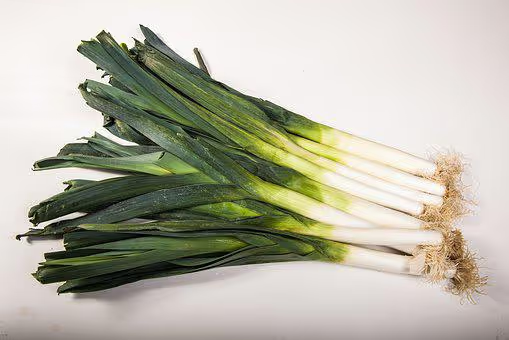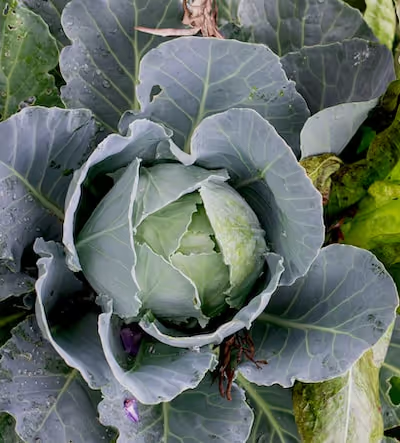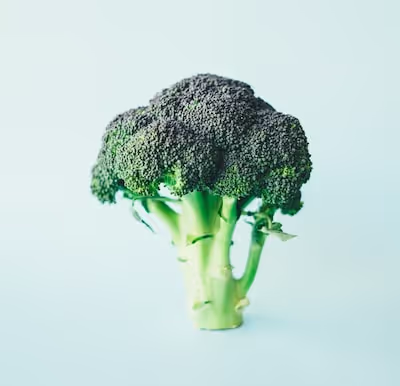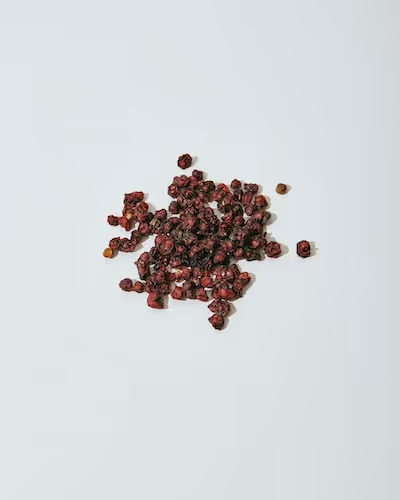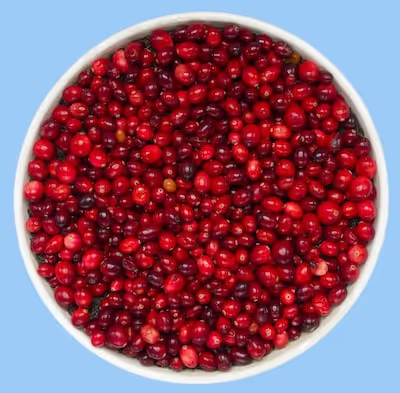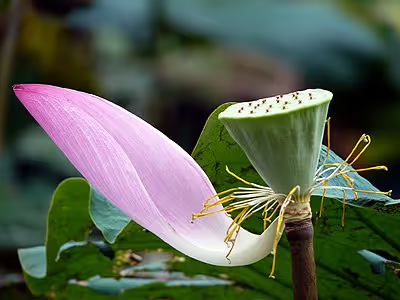Growing Nectarine: How to Increase Your Home Garden Harvest
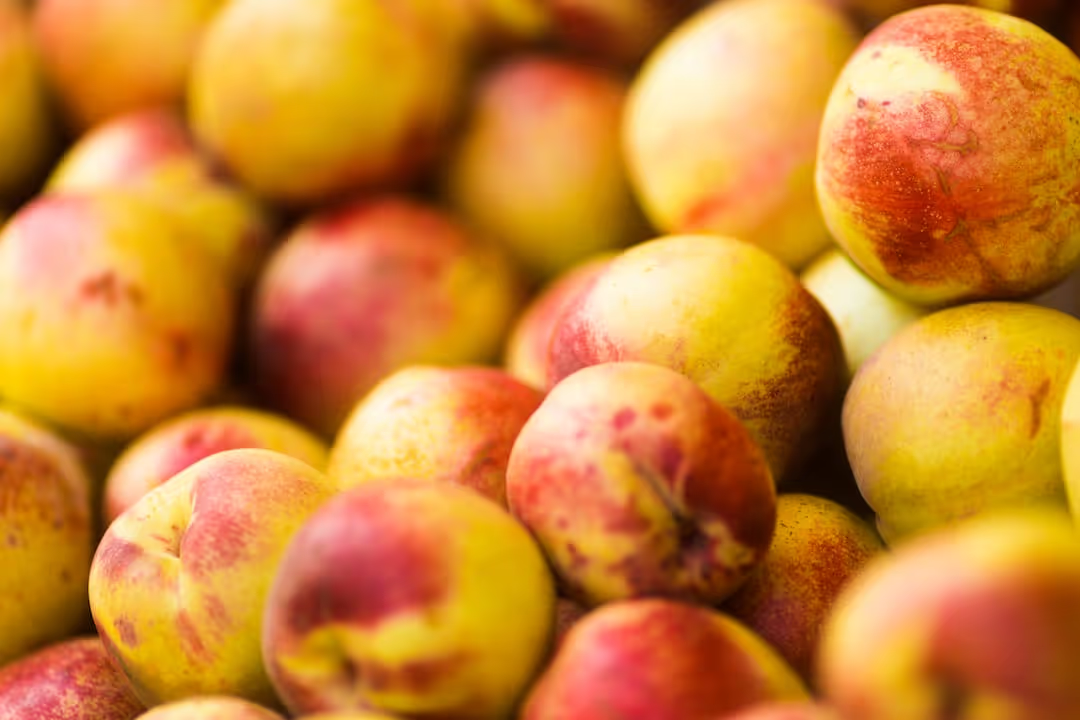
Growing Nectarine
Growing nectarine trees rewards gardeners who prune deeply in winter, position trees for full sun, and thin early fruits to enhance size and sweetness. Select a sandy loam soil to give roots breathing room and promote thriving growth. Feed your nectarine with compost-rich mulch, ensuring authentic, succulent flavors from tree to table—discover how easy it can be to boost your harvest this season.
Cheatsheet: Maximize Nectarine Yields at Home
🌞 Location & Spacing
- Full sun: 6–8 hrs/day
- Spacing: 12–20 ft (3.5–6 m) apart
- Airflow reduces fungal risk
🌱 Soil & Planting
- pH: 6.0–7.0
- Drainage: Sandy loam preferred
- Amend with compost before planting
💧 Watering
- 1–2 in (2.5–5 cm) per week, deep soak
- Mulch to conserve moisture
🌿 Feeding
- Balanced fertilizer early spring
- Reapply after fruit set
- Compost top-up annually
✂️ Pruning & Thinning
- Prune late winter for open center
- Thin fruits: 6 in (15 cm) apart after fruit sets
- Boosts fruit size & quality
🦋 Pest & Disease Control
- Use dormant oil in winter
- Monitor for leaf curl, brown rot
- Promote beneficial insects
🍑 Harvest Tips
- Pick when fully colored & fragrant
- Handle gently to avoid bruising
🛠️ Tools and Products You'll Need
- Shovel, pruners, garden gloves
- Compost, mulch, balanced fertilizer
- Dormant oil spray
🍽️ Nutrition & Self-Sufficiency
- Rich in vitamin C, potassium, fiber
- Grow up to 150 lbs (68 kg) per tree
- Enjoy fresh, canned, or dried
Select sunny spot, loosen soil to 18 in (45 cm), mix in compost, check pH.
Plant in late winter/early spring. Space 12–20 ft (3.5–6 m) apart, water well.
Apply fertilizer in early spring, mulch 3 in (7 cm) deep, keep away from trunk.
Prune for open shape late winter, thin fruits after set for larger, sweeter nectarines.
Watch for pests/disease, spray dormant oil in winter, encourage pollinators.
Pick when ripe, store at room temp for best flavor.
-
Growing Nectarine: How to Increase Your Home Garden Harvest
I plant nectarines for that moment the knife slides through sun-warm flesh and the juice runs down my wrist. The tree does not care how poetic I feel, it pays rent only if I prune, thin, and feed on time.
Know your climate and chill hours first
Growing Nectarine starts with matching a cultivar to your winter chill and late frost risk. Most backyards hit USDA Zones 6 to 9, with chill ranges from 200 to 900 hours under 45 F, 7 C.
Many nectarine cultivars need roughly 400 to 800 chill hours under 45 F, 7 C, though low-chill types can set with 150 to 300 hours. Source: University of California Agriculture and Natural Resources and state Extension publications.
Pick the warmest, sunniest, most wind-sheltered spot you own. A slight slope with cold air drainage beats a frost pocket every time.
Choose the right cultivar and rootstock
Most nectarines are self-fertile, so one tree bears, but bloom overlap helps set in rough springs. I stagger ripening dates to spread labor and feasts.
- Low chill, hot-summer favorites: Arctic Star white flesh, ~300 hours; Panamint yellow, ~250 to 300 hours; Desert Dawn early, ~250 hours.
- Moderate chill classics: Fantasia mid to late, ~500 hours; Flavortop midseason, ~600 hours; Harko hardy, ~800 hours.
- Cold tolerant picks where spring bites: Hardired and Harko handle chill and shoulder-season snaps better than prima donnas.
Rootstock matters for vigor, soil, and pests. Nemaguard fights root-knot nematodes in sandy soils, Lovell suits heavier loams, Guardian handles replant stress, and Citation keeps trees compact for small yards or large containers.
Planting and spacing that set you up to win
I plant bare-root trees in late winter while dormant, then head the whip to 24 to 30 inches, 60 to 75 cm, to force low scaffolds. Container trees go slightly higher to avoid waterlogged crowns.
Space standards 12 to 15 feet, 3.5 to 4.5 m, dwarfs 6 to 10 feet, 1.8 to 3 m, and espalier at 8 to 12 inches, 20 to 30 cm, off a sturdy fence. I add 2 to 4 inches, 5 to 10 cm, of mulch and keep it away from the trunk.
Train for light: open center pays in fruit
Nectarines fruit on 1-year-old wood, so I renew shoots constantly. Open center, three to four scaffolds, and an airy canopy keep leaf curl and brown rot at bay.
- Year 1: choose 3 to 4 evenly spaced shoots as scaffolds and head them by half to stiffen them.
- Year 2: build secondaries and remove crossing wood, leaving fruiting shoots bathed in sun.
- Every winter: cut out 40 to 60 percent of last season’s shoots to stimulate fresh fruiting wood.
- Summer: tip back rank growth to keep height under 8 to 9 feet, 2.4 to 2.7 m, for easy picking.
Thin hard for size and branch safety
I thin at marble size and leave one fruit every 6 to 8 inches, 15 to 20 cm, on a shoot. Early thinning pushes larger fruit and saves limbs from snapping after a surprise thunderstorm.
A well-managed backyard tree can yield 50 to 100 pounds, 23 to 45 kg, without turning brittle. I would rather pick fewer perfect fruit than haul a bucket of golf balls.
Water and feed with discipline
During hot spells I give 1 to 1.5 inches, 25 to 38 mm, of water per week, split into two deep soaks, and I reduce slightly during the slow pit-hardening phase. Drip lines with 2 gph emitters let me steer stress instead of gambling on sprinklers.
For nutrition I aim for 0.5 to 1 pound, 225 to 450 g, of actual nitrogen per mature tree per season, split spring through early summer. Leaf analysis midseason beats guesswork, and compost plus a light spring organic N source keeps vigor steady.
Bloom management and frost protection
Blossoms are fragile, so I watch the forecast like a hawk. Frost cloth plus old-school incandescent holiday lights buys me a few degrees on scary nights.
Critical temperatures for stone fruit: at full bloom, injury starts near 27 F, -3 C, and severe loss near 24 F, -4.5 C. Source: Washington State University Tree Fruit.
Disease and pest playbook that actually works
Peach leaf curl, Taphrina deformans, loves cool wet springs, so I spray copper or chlorothalonil at leaf drop and again at late winter bud swell. I remove infected leaves fast and keep irrigation off the canopy.
For brown rot I prune for airflow, thin for spacing, pick promptly, and never leave mummies. Sanitation sounds boring until you skip it once and watch fruit melt in a warm rain.
- Aphids: dormant oil in winter, then a hard water blast and lady beetle habitat in spring.
- Scale: dormant oil and summer scrutiny on older wood.
- Oriental fruit moth: pheromone traps to monitor, prune out flagged tips, and time sprays if thresholds hit.
- Birds: 0.5 inch, 13 mm, netting before color change, clipped tight at the trunk collar.
Harvest cues, sugar, and handling
Background color shifts from green to creamy yellow, the stem end softens slightly, and perfume floods the air. I test with a refractometer and smile when I see 14 to 16 Brix on late cultivars.
Pick in the cool morning and chill fast for quality. For storage, 32 to 36 F, 0 to 2 C, at high humidity slows loss, but flavor peaks when fruit finishes ripening at room temp first.
Container Growing Nectarine
Dwarf trees on Citation can thrive in 15 to 25 gallon, 57 to 95 L, containers with a coarse, bark-forward mix. I root-prune every 3 years, summer-prune for height, and feed with lighter, more frequent doses.
Advanced yield boosters I rely on
- Reflective mulch under the canopy to raise light in the fruiting zone and improve color and Brix.
- Summer renewal cuts to favor pencil-thick new shoots for next year’s crop.
- Multi-graft trees with early, mid, and late selections to stretch harvest 6 to 10 weeks.
- Soil moisture sensors that keep irrigation honest during heat spikes.
- Seasonal kaolin clay film on the hottest exposures to reduce sunburn on south and west fruit.
Top picks for Growing Nectarine at home
- Best low-chill flavor punch: Arctic Star white flesh, crisp then melting, early.
- Balanced classic for many yards: Fantasia yellow flesh, good size, reliable bearer.
- Cold-edge gardens: Harko and Hardired hold quality in cooler summers.
- Dessert-first sweetness: Flavortop high sugar, watch thinning for size.
Buying guide and gear
I buy certified disease-free trees from reputable nurseries and prefer bare-root for strong structure. Look for the chill rating, harvest window, and rootstock on the tag, and ask about return policy on mislabels.
- Fertilizers: slow-release organic N 5-3-3 for steady push, plus sulfate of potash on low-K soils after a soil test.
- Sprays: dormant oil, copper or chlorothalonil for leaf curl where allowed, and sulfur during bloom if pressure demands.
- Tools: 14-foot, 4.3 m, tripod orchard ladder, bypass pruners, thinning snips, fruit picker, refractometer.
- Netting: wildlife-grade, 0.5 inch, 13 mm, mesh with UV resistance.
Monthly rhythm that keeps trees honest
- Late winter: prune, shape the open center, apply dormant spray at bud swell.
- Early spring: watch frost, deploy cloth, set up traps for monitoring.
- Mid spring: thin aggressively at marble size and stake heavy scaffolds.
- Early summer: deep irrigations, light nitrogen if leaves pale, tip vigorous shoots.
- Mid to late summer: harvest in waves every 2 to 3 days, keep fruit cool, remove mummies.
- Fall: soil test, compost, paint trunks white where sunscald threatens.
- Winter: inspect for scale, renew mulch, sharpen tools, order next cultivars.
A few field notes from messy, honest seasons
Fruit trees like routine, and they punish procrastination with small fruit and snapped limbs. The year I thinned late, I fed raccoons for two weeks and learned humility fast.
Give nectarines sun and air, then cull the excess like a chef trims a steak. The reward tastes like summer got concentrated into one bite.
Citations and further reading
University of California Agriculture and Natural Resources, Home Orchard and pest notes on peach leaf curl and brown rot. Washington State University Tree Fruit, critical bud and bloom temperatures and brown rot management.
USDA Plant Hardiness Zone Map, for site matching. State Extension guides from UGA, CSU, and OSU on peach and nectarine culture, thinning distances, and pruning renewal.
Frequently Asked Questions about Growing Nectarine Trees
What soil conditions optimize nectarine tree growth?
Nectarine trees thrive in well-drained, sandy loam soil that's enriched organically. Heavy, clay-rich plots suffocate roots, so boost drainage with compost if your garden leans towards dense earth. Keeping soil pH between 6.0 and 7.0 lays the groundwork for prime nectarine development.
How often should nectarine trees be watered?
Water deeply once a week, feeding roots thoroughly without drowning them. Consistent moisture, without soggy stagnation, cultivates firm, flavorful fruits. Cut back irrigation as harvest nears to intensify sweetness and avoid fruit splitting.
Which pruning methods maximize nectarine fruit production?
Opt for an open-center vase pruning style, shaping branches outward to coax abundant sunlight inward. Prune annually, ideally late winter or early spring, to stimulate new growth and prevent overcrowded limbs. Boldly removing dead, diseased, and crossing branches keeps your nectarine orchard productive and vigorous.
What's the best strategy to prevent pests and diseases?
Regular inspection and timely intervention forms your first line of defense. Apply dormant oils in late winter to smother overwintering pests, and maintain good air circulation through diligent pruning. Incorporate beneficial insects, like ladybugs and lacewings, into your garden ecosystem—nature's own pest control agents.
When is the perfect time to harvest nectarines?
Harvest nectarines as they blush vibrant and gently yield to fingertip pressure. Trust your senses; aroma signals ripeness as vividly as color does. Pluck fruit carefully and swiftly, savoring the fleeting season of peak ripeness. After all, nectarines wait for no one.
Growing nectarine at home calls for patience, sharp observation, and a willingness to get your hands dirty. Good sunlight, rich soil, and steady moisture are the backbone—skip the shortcuts. Learning to thin fruit, prune for airflow, and keep an eye out for pests pays off with sweeter, fatter harvests. Give your nectarine tree honest attention, and you’ll notice the difference each summer. If you’re drawn to growing another stone fruit, you might find this guide on how to grow apricot trees worth a look. In the end, growing nectarine isn’t about perfection—just honest work, a little grit, and the satisfaction of biting into fruit you raised yourself.
The Homesteader's Take: Maximize Nectarine Harvest for Self-Sufficient Living
Natural Pest Control Practices
- Plant companions: Chives and garlic repel aphids; marigolds deter nematodes.
- Beneficial insects: Release ladybugs or lacewing larvae in early spring to control pest populations naturally.
- Dormant oil sprays: Apply horticultural oil during late winter (4–10°C or 40–50°F) to reduce wintering pests and eggs.
Sustainable Soil Practices for Healthier Fruit
- Regular mulching: Apply straw or wood-chip mulch annually to conserve moisture, suppress weeds, and enrich soil as it decomposes.
- Cover cropping: Sow nitrogen-fixing crops like clover or vetch between rows, boosting soil nutrients over time.
- Compost feeding: Top-dress root zones each spring with home-produced compost to maintain soil fertility and microbial activity.
Preservation Strategies for Year-Round Enjoyment
- Canning nectarine halves: Process harvested fruits in vacuum-sealed jars, retaining vitamins C, A, potassium, and antioxidants for long-term nutrition.
- Drying and storing: Sun-dry thin slices for preservative-free snacks; store in airtight containers, stable for 6–12 months.
- Freezing purées: Blend excess ripe nectarines and freeze in portion-sized trays for smoothies, desserts, or sauces throughout the year.
Increasing Self-Sufficiency Through Propagation
- Rootstock grafting: Use resistant peach rootstocks to propagate disease-resistant nectarine trees suited to your local conditions.
- Seed saving and germination: Select seeds from productive trees; stratify seeds at temperatures (1–5°C or 34–41°F) for 2–3 months before direct planting.
- Air layering: Promote propagation without specialized equipment; ideal for clone propagation in limited gardening spaces.
Smart Harvest Scheduling to Boost Yield
- Harvest progressively: Pick ripe fruits regularly, allowing remaining nectarines more resources to mature properly.
- Optimal ripeness indicators: Harvest when skin background turns from green to yellow beneath red blush, ensuring peak flavor and highest nutritional density.
- Weather-awareness: Anticipate rainstorms and pick ripe fruit immediately to prevent fruit splitting, bruising, or fungal infections.
Find out which plants will thrive in your garden!
Answer a few fun questions and get custom plant recommendations perfect for your space. Let’s grow something amazing together!

start your season
